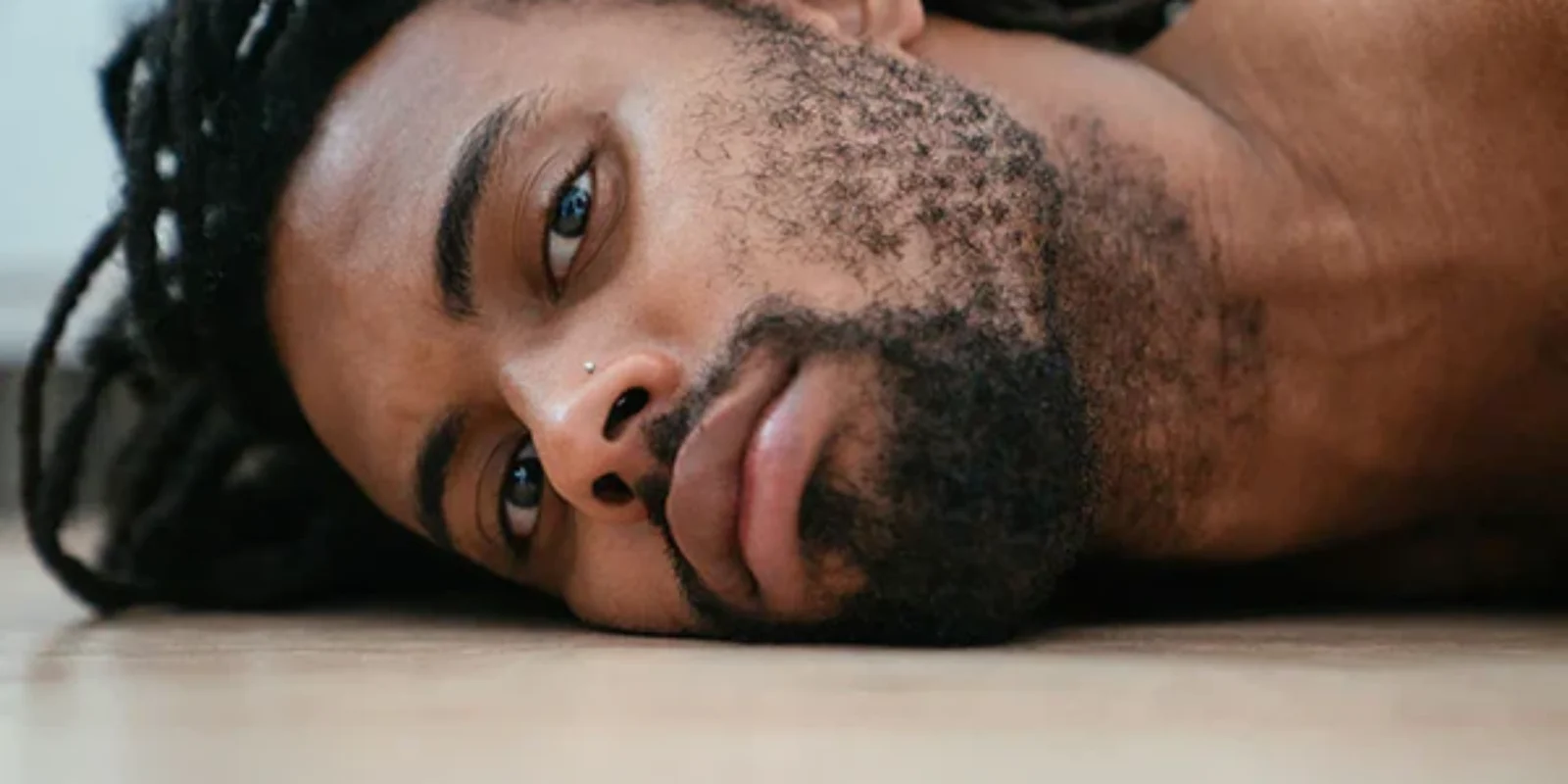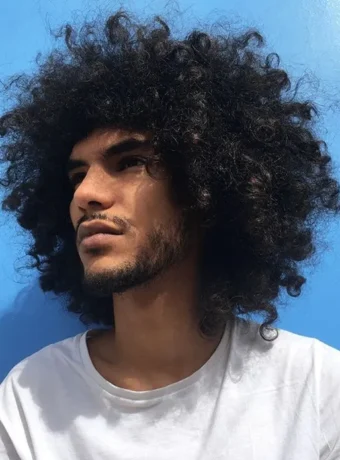Growing a full, thick beard is a goal for many men. For some, facial hair comes in evenly and quickly. But for others, especially men with darker skin tones, patchy beard growth can be a real struggle. If you’ve ever looked in the mirror and wondered why your beard has empty spots or grows unevenly, you’re not alone.
Patchy beard growth affects millions of men worldwide. While it can feel frustrating, understanding the reasons behind it can help you take the right steps to improve your beard game. Let’s explore what causes patchy beards and what you can do about it.
The Genetics Factor: Your Family Tree Matters
The biggest reason some men have patchy beards comes down to genetics. Just like the color of your eyes or how tall you grow, your beard pattern is written in your DNA. If your father or grandfather had thin or patchy facial hair, there’s a good chance you might too.
Your genes control several important things about your beard:
- How many hair follicles you have on your face
- Where those follicles are located
- How thick each hair strand grows
- At what age your facial hair starts growing
Some men are simply born with fewer active hair follicles in certain areas of their face. This creates those frustrating bare patches that refuse to fill in, no matter how long you wait.
While you can’t change your genetics, don’t give up hope. Even men with genetic challenges can often improve their beard growth with the right approach.
Hormones: The Body’s Beard Growth Controllers
Hormones act like chemical messengers in your body, and they play a huge role in beard growth. The main hormone responsible for facial hair is testosterone. When testosterone levels are normal, it helps hair follicles produce thick, healthy beard hair.
But here’s where it gets tricky: your body converts some testosterone into another hormone called DHT (dihydrotestosterone). DHT is actually what makes your beard grow thick and full. If your body doesn’t make enough DHT or your hair follicles don’t respond well to it, you might end up with patchy growth.
Several things can mess with your hormone levels:
- Getting older (testosterone naturally decreases with age)
- Medical conditions like diabetes or thyroid problems
- Certain medications
- Being very overweight or underweight
- Not getting enough sleep
If you suspect hormone issues might be affecting your beard, it’s worth talking to a doctor. They can run simple blood tests to check your hormone levels.
Stress: The Silent Beard Killer
Modern life is stressful, and that stress doesn’t just affect your mood – it can actually hurt your beard growth too. When you’re stressed out, your body releases a hormone called cortisol. High levels of cortisol can interfere with testosterone production, leading to weaker, patchier beard growth.
Stress affects your beard in several ways:
- It reduces the hormones needed for hair growth
- It can cause you to pull at or pick at your facial hair
- It often leads to poor sleep, which your body needs to grow hair
- It may cause you to eat poorly or skip meals
Managing stress isn’t always easy, but it’s crucial for good beard growth. Try activities like:
- Regular exercise (even a 20-minute walk helps)
- Deep breathing or meditation
- Getting enough sleep each night
- Talking to friends, family, or a counselor about what’s bothering you
- Finding hobbies that help you relax
Nutrition: Feeding Your Facial Hair
Your beard is made of protein, and it needs the right nutrients to grow strong and full. Poor nutrition is one of the most overlooked causes of patchy beard growth. If your body doesn’t get the building blocks it needs, your facial hair will suffer.
Key nutrients for beard growth include:
Protein: Your hair is mostly made of protein, so you need enough in your diet. Good sources include lean meats, fish, eggs, beans, and nuts.
Vitamins:
- Vitamin D helps hair follicles function properly
- Vitamin A supports healthy skin and hair growth
- B vitamins (especially biotin) are essential for hair strength
- Vitamin C helps your body absorb iron and supports collagen production
Minerals:
- Iron carries oxygen to hair follicles
- Zinc helps with hormone production and hair growth
- Magnesium supports overall health and stress management
Eating a balanced diet with plenty of fruits, vegetables, lean proteins, and whole grains will give your beard the nutrition it needs. If you think you might have nutritional gaps, consider talking to a doctor about supplements.
Skin Health: The Foundation of Good Growth
Your facial skin is where your beard grows from, so keeping it healthy is essential. Poor skin health can clog hair follicles, cause inflammation, and lead to patchy growth patterns.
Common skin problems that affect beard growth include:
- Dry, flaky skin that clogs follicles
- Excessive oil production that blocks pores
- Ingrown hairs that cause inflammation
- Skin conditions like eczema or seborrheic dermatitis
To keep your facial skin healthy:
- Wash your face daily with a gentle cleanser
- Use a moisturizer to prevent dryness
- Exfoliate once or twice a week to remove dead skin cells
- Avoid harsh products that can irritate your skin
- Don’t over-wash, which can strip natural oils
If you have persistent skin problems, consider seeing a dermatologist. They can recommend treatments that will improve both your skin health and beard growth.
Age and Patience: Time is Your Friend
Many young men get frustrated when their beard doesn’t come in full and thick right away. But here’s an important fact: most men don’t reach their full beard potential until their late twenties or early thirties.
Facial hair development happens in stages:
- Teen years: Light, sparse hair appears
- Early twenties: Hair becomes thicker and more noticeable
- Mid to late twenties: Most areas fill in more completely
- Thirties and beyond: Maximum thickness and coverage
This means if you’re under 25 and worried about patchy growth, you might just need to wait. Your genetics are still working, and your beard may fill in naturally as you get older.
Even if you’re older, patience is still important. It can take 2-4 months of consistent growth to see how your beard will really look. Many men give up too early and never see their full potential.
Practical Tips for Better Beard Growth
While you can’t completely change your genetics, there are things you can do to maximize your beard growth potential:
Start with good habits:
- Get 7-8 hours of sleep each night
- Exercise regularly to boost circulation and reduce stress
- Stay hydrated by drinking plenty of water
- Avoid smoking, which reduces blood flow to hair follicles
Use the right products:
- Beard oils can moisturize skin and make existing hair look fuller
- Beard balms help train hair to grow in the right direction
- A good beard brush distributes natural oils and stimulates growth
Be gentle with your beard:
- Don’t pull, twist, or constantly touch your facial hair
- Use sharp, clean tools when trimming
- Avoid harsh chemicals or over-washing
Consider professional help:
- A skilled barber can shape your beard to minimize patches
- Dermatologists can treat underlying skin conditions
- Doctors can check for hormonal issues if needed
When Patchy Might Be Normal
It’s important to remember that not everyone is meant to have a full, thick beard. Some men naturally have lighter facial hair growth, and that’s perfectly normal. The key is working with what you have and making the most of your natural growth pattern.
Some men find that focusing on specific beard styles that work with their growth pattern is more successful than trying to force a full beard. A goatee, mustache, or carefully shaped partial beard can look great and feel more authentic than struggling with patches.
The Bottom Line
Patchy beard growth is common and usually has multiple causes. While genetics play a big role, factors like hormones, stress, nutrition, and skin health can all make a difference. The good news is that many of these factors are within your control.
If you’re dealing with patchy beard growth, start with the basics: eat well, manage stress, take care of your skin, and be patient. For some men, these simple changes can make a significant difference in beard fullness and appearance.
Remember that everyone’s journey is different. Some men will achieve the full beard of their dreams, while others will find success with different styles that work better for their natural growth pattern. The most important thing is to be patient with yourself and focus on being healthy overall – your beard will benefit from it.



